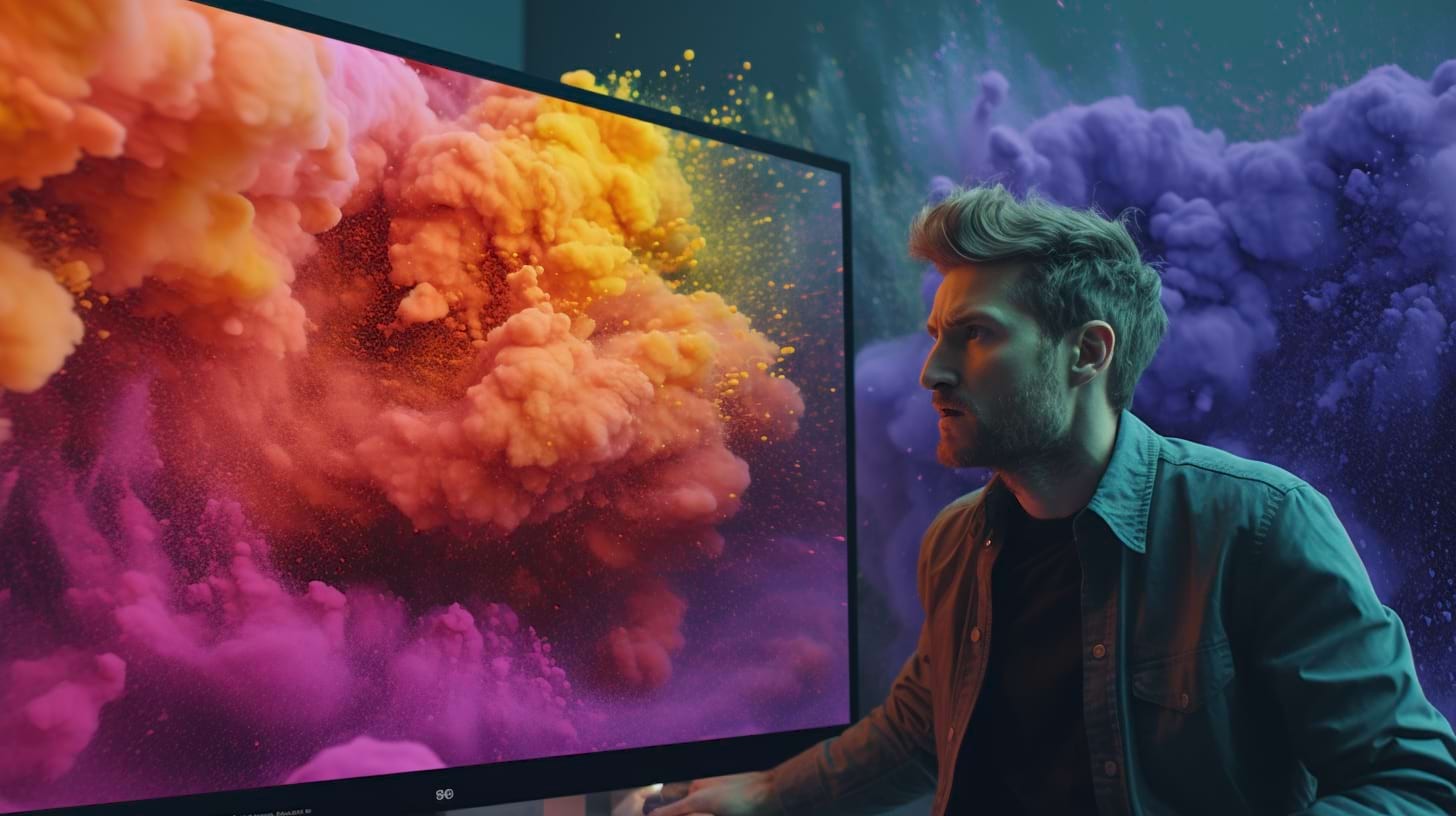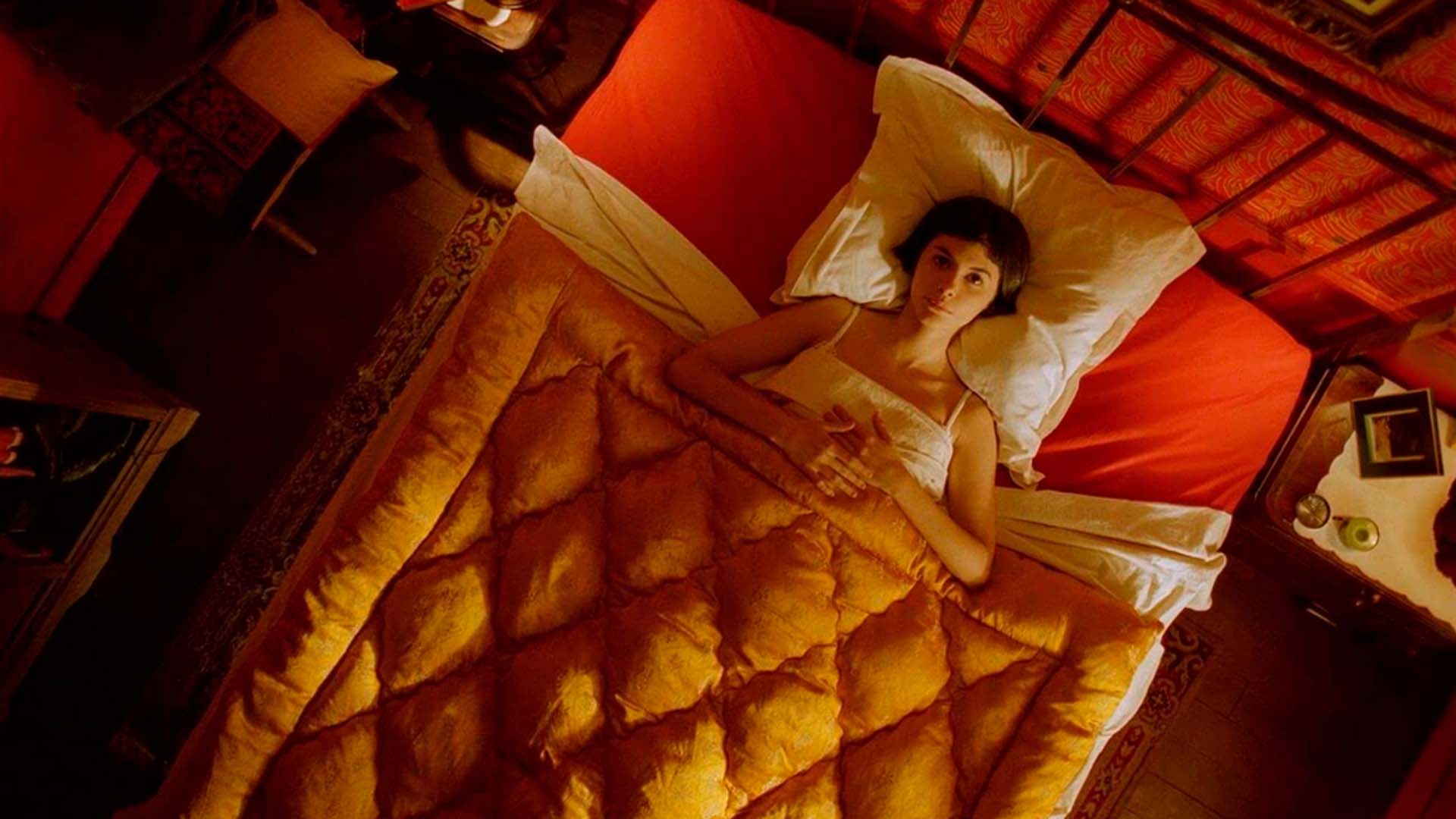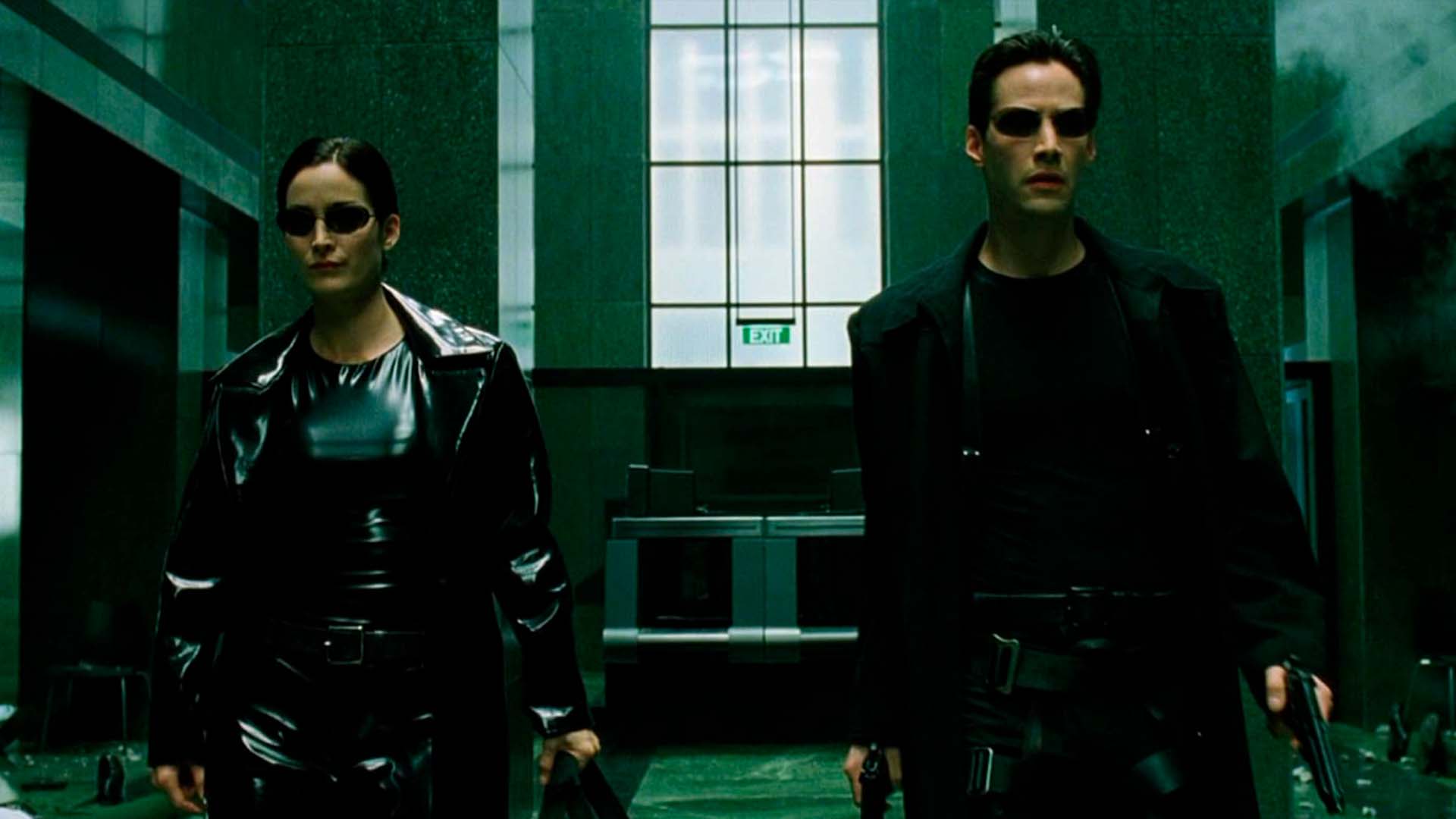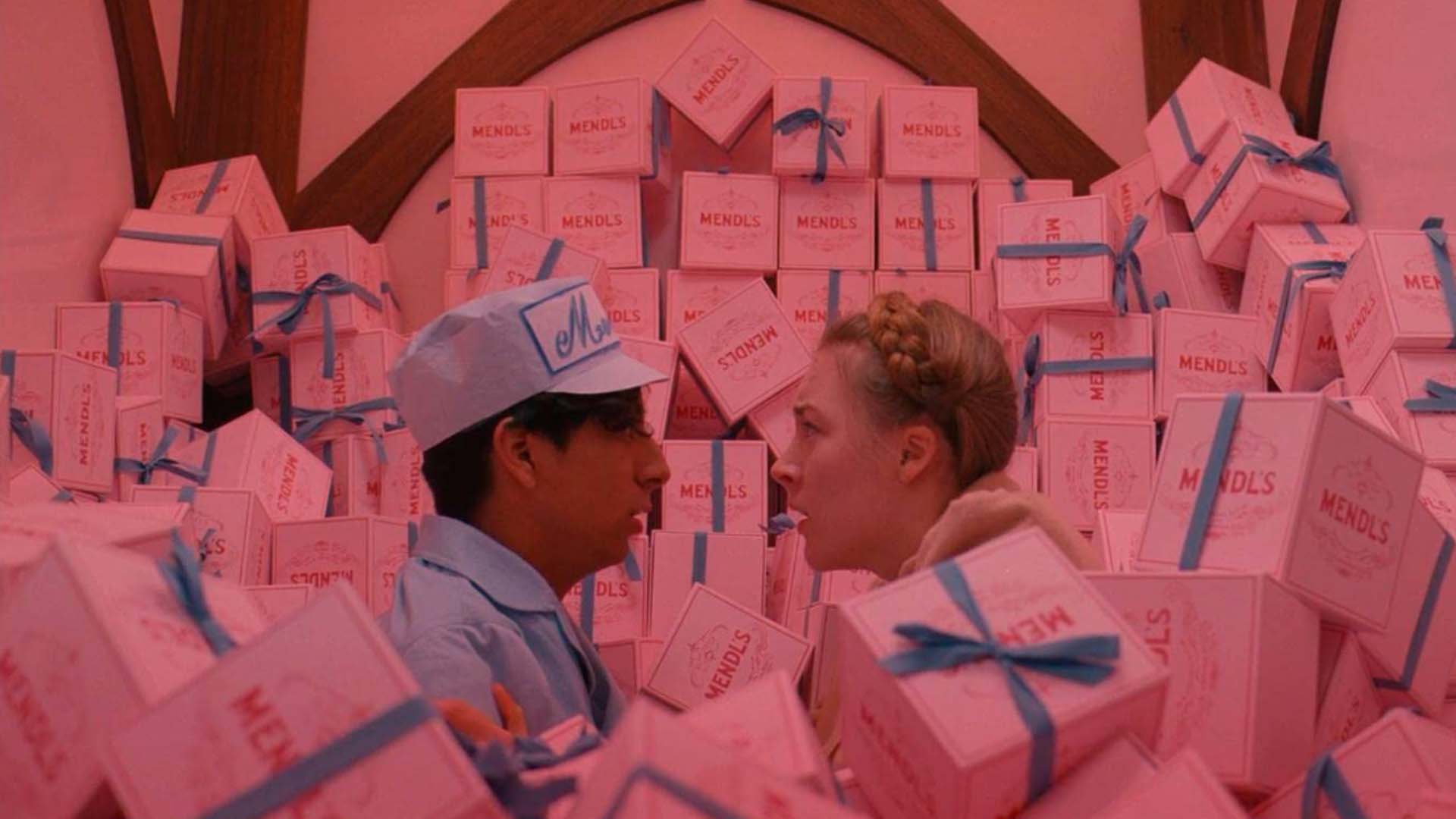Enhancing Your Film's Visual Narrative: Color Grading and Color Theory
In this article we'll talk about how color grading and color theory can elevate your film's visual narrative, engaging audiences and evoking emotions through strategic use of color.


Color grading and color theory are essential aspects of filmmaking, playing a significant role in crafting a captivating visual narrative. By understanding and utilizing these techniques, filmmakers can effectively engage their audience, drawing them into the story on a deeper emotional level. From the earliest days of cinema to the contemporary digital age, filmmakers have harnessed the power of color to shape audience perceptions and heighten emotional impact.
Understanding Color Theory
Color theory is a fundamental concept in filmmaking, providing the foundation for the strategic use of color in visual storytelling. By exploring primary, secondary, and tertiary colors, filmmakers can create emotional associations that resonate with viewers, connecting them to the story on a visceral level. This understanding of color theory allows filmmakers to tap into the psychological impact of color, employing it to elicit specific emotions or reactions from the audience.

Primary colors, such as red, blue, and yellow, evoke strong emotional responses and can be used to create a sense of energy and excitement. Secondary colors, like green, orange, and purple, are formed by combining primary colors and can express more nuanced emotions. Tertiary colors, which are created by mixing a primary color with a neighboring secondary color, provide an even broader palette for filmmakers to explore.
Bring Your Vision to Life with Filmustage
Our AI-powered script breakdown helps you plan color grading and visual elements from the start, ensuring a cohesive and emotionally impactful film.
The Art of Color Grading
Color grading is the process of manipulating and enhancing colors in a film to achieve a desired look and mood. From color correction to color balancing and creative grading, filmmakers utilize this technique to create a unique visual style that enhances the film's narrative and overall impact. Color grading has evolved alongside technological advancements in filmmaking, with modern digital tools offering unprecedented control and flexibility for creating stunning visuals.

In the color grading process, color correction is typically the first step, focusing on achieving accurate and consistent color representation throughout the film. Next, color balancing ensures that the colors work harmoniously within each scene, maintaining a consistent visual tone. Finally, creative grading allows filmmakers to apply stylistic choices that accentuate the narrative and evoke specific emotions, creating a distinctive look that reflects the director's vision.
Using Color to Enhance Visual Narrative
Strategic use of color can evoke emotions and enhance storytelling, providing a rich visual experience for audiences. Films like "The Grand Budapest Hotel", "Amélie", and "The Matrix" exemplify how color grading can create distinctive visual narratives that captivate and immerse viewers in the story. These films demonstrate the potential of color to not only set the mood and atmosphere but also to convey meaning, symbolism, and character development.

For example, the bold, vibrant colors in "The Grand Budapest Hotel" help establish the whimsical, fantastical world of the film, while the warm, saturated hues in "Amélie" create a nostalgic, romantic atmosphere that mirrors the protagonist's journey. In contrast, "The Matrix" employs a stark, green-tinted color palette to evoke a sense of unease and artificiality, reflecting the film's dystopian setting.
Tips and Best Practices for Color Grading
Achieving effective color grading in films requires not only technical skill but also a strong collaborative effort between the director, cinematographer, and colorist. By following best practices and working together as a team, filmmakers can harness the power of color to tell engaging, emotionally resonant stories.
Some tips for successful color grading include:
- Develop a clear vision and color palette for the film, considering how it will enhance the narrative and evoke the desired emotions.
- Communicate openly with your team members, ensuring that everyone is on the same page regarding the film's visual style and goals.
3. Utilize reference images and mood boards to help guide the color grading process and maintain consistency throughout the film. - Prioritize color correction and balancing to ensure a solid foundation for creative grading decisions.
- Experiment with different color grading techniques and tools, but always keep the story and emotional impact at the forefront of your choices.
The importance of collaboration between the director, cinematographer, and colorist cannot be overstated. Each team member brings their unique perspective and expertise to the table, allowing for a comprehensive approach to creating a visually stunning and emotionally resonant film.
How Filmustage Can Enhance Your Color-Driven Storytelling 🎬🎨
Color grading and visual storytelling require meticulous planning to ensure consistency and emotional impact. Before you even reach post-production, your pre-production workflow should be just as streamlined. This is where Filmustage can elevate your filmmaking process.
✅ Automated Script Breakdown – Instantly identify key scenes, props, and locations that will influence your color palette and visual style.
✅ Pre-visualization Support – Organize script elements in a way that helps cinematographers and colorists align on the desired look.
✅ Efficient Scheduling & Budgeting – Plan your color grading timeline effectively to ensure smooth execution without exceeding budget constraints.
✅ AI-Driven Analysis – Detect potential visual inconsistencies early, allowing for better collaboration between the director, cinematographer, and colorist.
Filmustage empowers filmmakers by eliminating tedious pre-production tasks, giving you more time to focus on crafting stunning visual narratives.
Conclusion
Color grading and color theory are essential tools in the filmmaker's arsenal, offering countless possibilities for enhancing visual narratives and creating engaging, emotionally resonant films. By understanding the principles of color theory and the art of color grading, filmmakers can unlock the full potential of color as a storytelling device, taking their work to new heights of creative expression.
As filmmakers continue to explore the power of color in visual storytelling, audiences will be treated to even more captivating and emotionally engaging cinematic experiences. Whether through bold, striking visuals or subtle, nuanced color choices, the strategic use of color will remain a vital aspect of the filmmaking process, shaping the way we experience and connect with stories on screen.
From Breakdown to Budget in Clicks
Save time, cut costs, and let Filmustage’s AI handle the heavy lifting — all in a single day.